SEGA's new coin pusher game, HORI A TALE, was an ambitious undertaking, packed with all the key features of SEGA's past medal games and built with the latest tech to provide an overwhelming variety of thrills. The team members who worked on this project shared behind-the-scenes insight on the game's development.
The Game Making Process

"HORI A TALE"
Developer Interview
MEMBER PROFILE
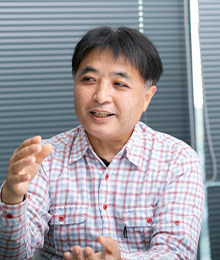
Game Director Uchida
Joined in 1994.
Involved with the development of "Let-Tsuri-Go", "THE TOWER MEDAL OF BABEL", "Arabian Jewel", and "Galileo Factor". Supervised the quality control for "HORI A TALE" from its inception.
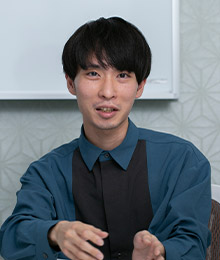
Game Designer Aonuma
Joined in 2020.
Became a part of the "HORI A TALE" team after managing the operations of "StarHorse4". In charge of making game balance adjustments and drafting specifications for "HORI A TALE".
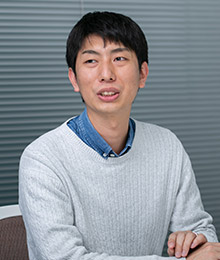
Programmer Hashimoto
Joined in 2014.
Involved with the development of "StarHorse3", "StarHorse4", and "JACKPOT CIRCUS". Has experience implementing game servers and programming the screen layout of games. Implemented the software that controls the mechanical parts of "HORI A TALE" and its test mode functions.
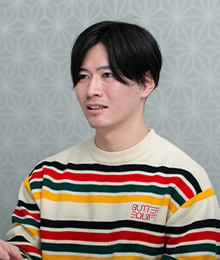
Artist Nakai
Joined in 2016.
Involved with the development of "StarHorse4", "HORI A TALE", and "JACKPOT CIRCUS". As the game's 2D UI Artist, created the specifications and designs for HORI A TALE's UI and logo.
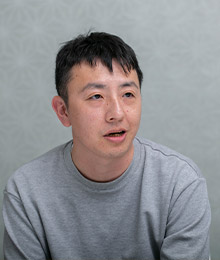
System Designer Ashigaya
Joined in 2007.
Involved with the development of "Initial D Arcade Stage Zero" and Nail Sticker Print. Has experience working on the development of game consoles. In charge of the specifications of the "HORI A TALE" cabinet's electrical components, circuit board, and firmware.
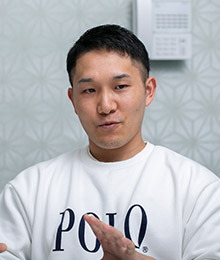
Mechanical Design Taniguchi
Joined in 2020.
Assigned to work on "HORI A TALE" after joining SEGA. Created the blueprints of HORI A TALE's mechanical components. Designed and tested the cabinet's control panel.
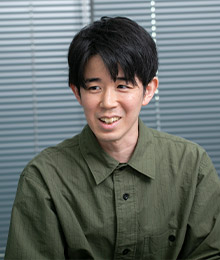
Cabinet Designer Hirokawa
Joined in 2015.
Involved with the development of "StarHorse3" and the "World Club Champion Football" series. Handled all aspects of HORI A TALE's arcade cabinet design.
Could you tell us about the development history of "HORI A TALE"?
(Game Director)
Our game designers thought about what kind of mechanisms and rules would produce a game that'd allow hardcore medal-game fans to enjoy playing as long as possible. We really scratched our heads coming up with an idea that'd immediately engage players and keep them hooked. When we thought of premises like mining for jewels, we were like, "Wait a sec, are we making some kinda 'get rich quick' scheme?!"

(Cabinet Designer)
When Uchida told me that he wanted to make a game with a vibrant setting, I began working on the cover page of the proposal and some illustrations of the mechanisms. We wanted to incorporate the best features of our past medal games, including the enormous tower of coins that defined our last game, "THE MEDAL TOWER OF BABEL W!" We came up with a bunch of ideas, and the ones that Uchida and Game Designer Hayato Aonuma liked most were incorporated into the proposal. We ultimately decided on "digging" as the main premise since it would allow us to maintain a unified worldview even if we had to make changes midway. It'd also provide us with the chance to use different colors from our previous titles and make the game feel more vibrant.

(Game Designer)
It was always a passion of mine to make medal games. "GALILEO FACTORY" was a game that I was especially fond of. I appreciated how there were many ways to enjoy it, like by altering the way you launched medals, you could change the number of medals that would drop out of the machine. During development, we tested the machine by placing it in arcades and having the public try it out. The feedback we received gave us some vital input. Uchida and I would analyze how our testers approached the game and brainstorm features to make the game more entertaining. Eventually, these ideas became more fleshed out. I always tried to place myself in the shoes of the player when designing the game.

Once you landed on the concept, what were your roles and which key areas did you concentrate on?
(Artist)
I was in charge of the title logo, menu screen, button design, and most of the game screen UI, alongside proposing the characters who'd appear.
Medal games are a game genre that can be enjoyed by a wide demographic, including children, young adults, couples, and the elderly. As such, we wanted to capture the attention of as many people as possible. Since the game cabinets would likely be put in a dark area of the arcade, I came up with the idea of adding a dark border around the edges of the title to ensure that it could be seen from afar.

Due to the diverse gameplay options in "HORI A TALE", there is a substantial amount of content to be displayed. The more information you add to something, the more you tend to confuse your players. So, we came up with an interface that was both easy to understand and easy to learn.
(System Designer)
I was in charge of the blueprints for the internal system. For example, I worked on the blueprints and programming of the internal circuit board that tracks the game's mechanics, like the mechanism which recognizes when balls are dropped, or when a player earns the medals from the medal tower by hitting the jackpot.
In fact, we needed to build a completely new system that could tell the balls apart by color. I started off with small tasks, such as measuring the amount of light that would reflect when you shine a light on each color of ball while running this program.

(Game Director)
Yeah, there are often times where we need to build new technology from scratch. This was also the case for our last game, "THE MEDAL TOWER OF BABEL W!"
(Mechanical Design)
My tasks involved making the blueprints for the prototypes of our mechanical components and inspecting them. I joined when the project was already underway. The size of the HORI A TALE cabinet had already been decided, and it contained a lot of mechanical parts due to the game's many features. Fitting everything within the cabinet's limited space was a challenge.

(Programmer)
I handled the coding for the machinery that operates the game. This project features a lot of moving mechanical parts, which previously would get broken if they ran simultaneously. I worked meticulously to find a way for everything to operate smoothly without breaking down. Medal games are placed in arcades all over the country, but a broken cabinet would be a serious loss for an arcade. I strived to make it durable and easy for arcade staff to operate. Since the game system uses a powerful motor, I took extra precautions to ensure the arcade staff couldn't hurt themselves.

(System Designer)
SEGA's durability tests consists of running arcade cabinets continuously for years to monitor how well they'll last. If any part breaks before the intended warranty period passes, the technical specifications are adjusted, with mass production in mind. When designing medal games, there are always run-ins with danger, because we work closely with motors. However, we've accumulated a lot of internal knowledge about how to handle different situations, like knowing when to stop the cabinets when a sensor detects an irregularity.
(Game Director)
SEGA's medal game machines have highly durable motors and other mechanical parts, so they are comparatively less prone to malfunctioning. Many of our machines last for over ten years! In addition, the mechanical components themselves are made so that they aren't damaged easily. For example, "HORI A TALE" doesn't use any motor-powered components to make the medals fall; instead, we use gravity, which means there's no chance of parts failing.

What motivates you to produce medal games?
(System Designer)
I guess it's the opportunity of being able to work with both the hardware and software components of the project, as it calls for expertise in both realms.
(Game Director)
I'd probably say that it's being able to witness our customers having a great time playing them firsthand.
(Game Designer)
That's definitely got to be it! I'm always filled with a buzz after seeing positive comments over social media about the minigames and bonus games I've made the specifications for.

(Programmer)
Though our customers include both players and arcade operators, I must admit that seeing children especially play our games at arcades is a huge source of motivation for me.
(Artist)
I feel relieved when I see people playing our games, knowing that they run as I envisioned them and without any issues. It motivates me to see everything going according to plan.
(Mechanical Design)
I find it rewarding to see that what we have designed works exactly as we intended it to. It's also great seeing customers enjoying our games up close!
(Cabinet Designer)
Just seeing our machines inside of an arcade makes me happy. Of course, when making new machines, I value cost-efficiency and safety, so that I can create long-lasting products. However, when it comes to my personal feelings as a designer, I'll never give up the thrill of challenging myself further. In the future, I'd like to propose unconventional and unprecedented ideas for games that'll excite and wow our players.
(System Designer)
Taniguchi
(Mechanical Design)
That's because we hardware engineers will get up in your joint about safety, costs, and durability. (laughs)

What are SEGA's unique strengths, and what kind of people would you like to see working at SEGA?
(Game Director)
If you're the kind of person who posts their DIY lottery machines to video sites, you're definitely going to have fun working at SEGA.
(Mechanical Design)
I'd like to see people who love crafting things. People who've participated in robotics competitions are especially welcome!
(Artist)
At SEGA, some games are created by a team of a select few. Teams like that require a great deal of independent decision-making. In the case of UI designers like me, people with a broad range of interests are suited to these teams, as they're not just knowledgeable about UI, but also logo and character design.
(Programmer)
There are numerous opportunities to creates things while collaborating with everyone. There are even times where the director will ask you for your input.

(Mechanical Design)
We have an open-minded atmosphere that allows anyone to make suggestions, regardless of their experience level.
(Game Director)
If there's a good idea, we'll gladly use it—regardless of who or where it comes from! We warmly welcome anyone who's imaginative—but can think practically too, haha.
(Cabinet Designer)
I'd like to see people who are driven and stay tenacious, even when they encounter setbacks in their work.
(Game Designer)
SEGA's medal game work environment is vibrant and friendly—imagine a college club or a school one week before a big festival!
(Game Director)
To be honest, as the director, I always feel like I'm a student the day before a big test!
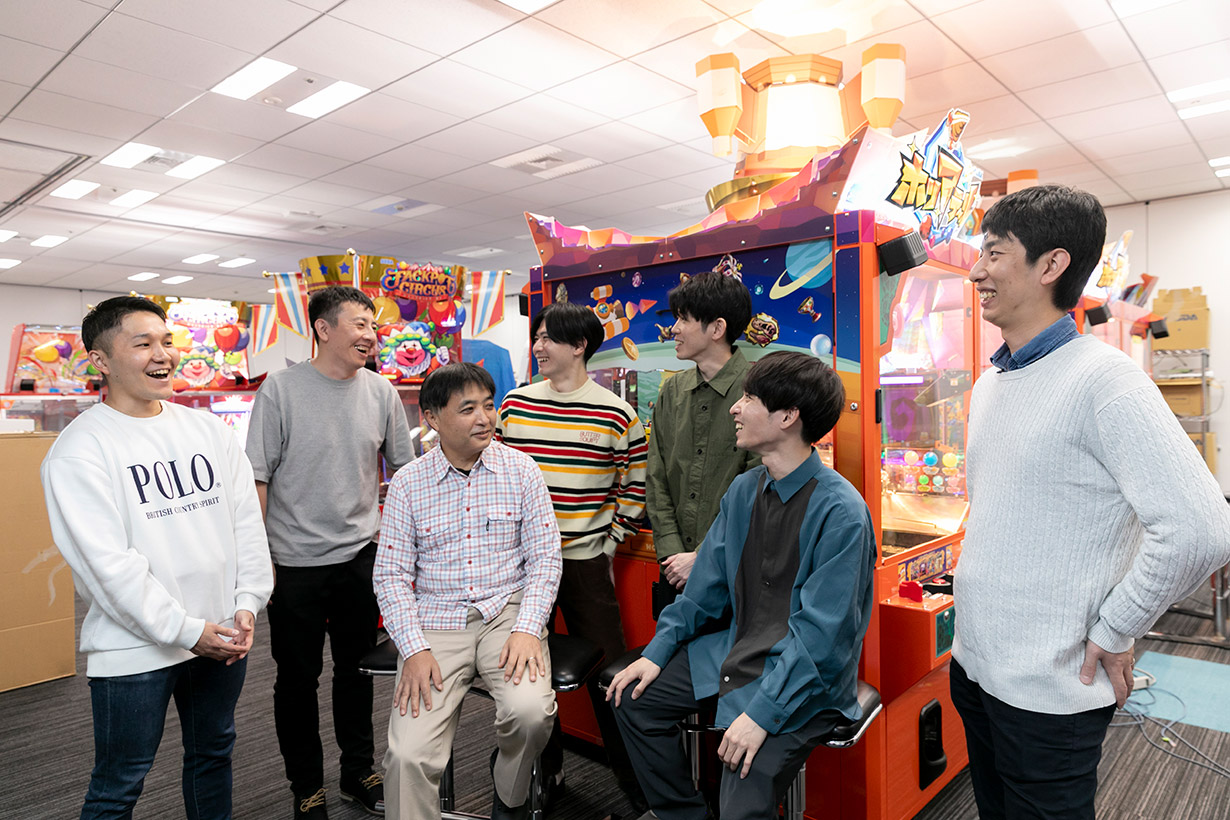
MAKING









